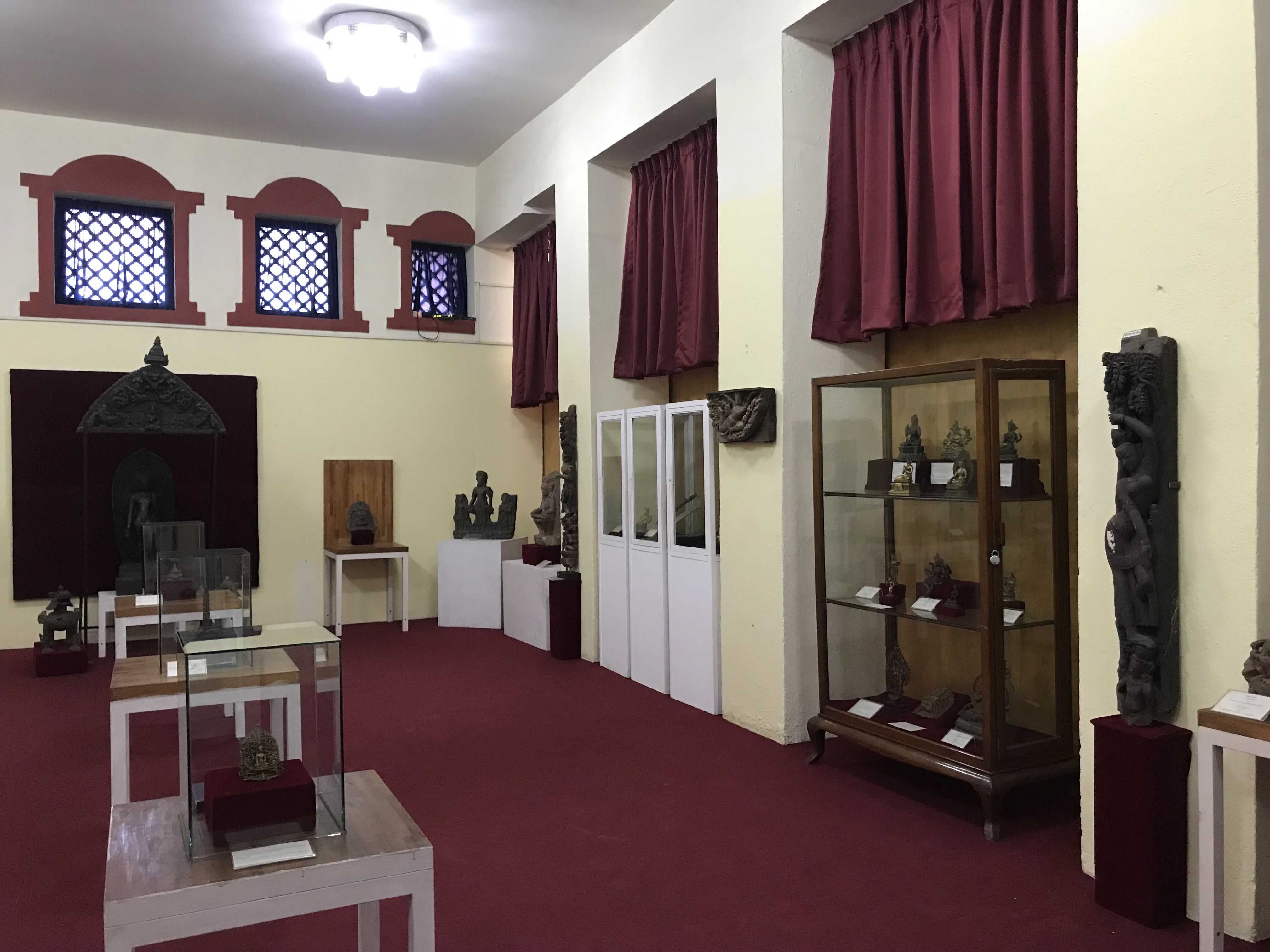Remembering Nepal's lost and the found

The two-storeyed Buddhist Art Gallery in the National Museum in Chhauni is a conspicuous building, with its red walls, slanted roofs and vibrant windows. The torana above the door and the tundal supporting the roof are decorated with deities caught in floral waves that mimic the traditional designs found in the ancient Kathmandu Valley squares.
On 21 March, the gallery opened a new temporary exhibition to mark the museum’s 83rd anniversary, featuring 40 repatriated sacred objects, some of which had been returned to Nepal from abroad as far back as 1986.
As more and more stolen artefacts are being returned to Nepal by collectors and museums in the West, museum chief Jayaram Shrestha feels that the exhibition is most timely.
The stolen images of Nepal include sculptures of deities, temple struts, frieze, copper and ivory figurines, most of which were smuggled out of the country in the 1960s-80s.


“In the last two years alone, we have been able to bring back many objects back through the works of citizen groups and heritage activists like the Lost Arts of Nepal and Nepal Heritage Recovery Campaign,” says Shrestha. “And we feel that the returned artefacts we hold in the museum should be shown to the public.”
At present, most repatriated pieces of devotional art are mandated to be stored in the National Museum while they await to be reinstated in situ. Among the artefacts on exhibit are the 14th century flying Apsara/Gandharva (Biddhyadhar, according to the museum nomenclature) stolen from Itum Bahal and the upper section of the 17th century torana wrenched out of the main doorway of Yampi Mahavihara/I-Bahi in Patan, both of which were recently returned to Nepal by the Rubin Museum in 2022.

The torana is one of the first objects one sees upon climbing the steps of the gallery to the exhibition space, mirroring how it would have welcomed visitors to the Mahavihara before it was looted. The vast carved piece will also be returning to its original space.
Another archaeological marvel is the 73x58cm 10th century Shridhar Vishnu (pictured above). Several broken fragments of the sculpture were returned from London in 1995 which were later assembled in Chhauni. Larger pieces from the stele are still missing, almost like an aposiopesis. But the image demands to be completed, at least by imagination.


In the cabinets of curiosities sit several copper figures of the Buddha, Tara, a Lama and Manjushree. An ornate bronze Vajrakilaya which was repatriated from Kolkata in 1986 slants against a mirror that reveals the intricate designs on its reverse (pictured below). On a slab around the corner sits the disembodied head of the 15th-16th century stone Saraswati from Pharping, which was broken off in the early 1980s and repatriated in 1999 from Los Angeles (pictured above). In the middle of the room, stands the Shiva Parivar Yantra in ivory, returned from London in 1995.
The overall atmosphere of the room is ambivalent: mixed with the feelings of joy and relief at the return of Nepal's divine art is the bleakness of loss. This is visibly expressed in the pieces, some cracked, some broken, some missing – the marks of violent struggles to wrench the artefacts from their original homes. And some are quite literally lost and adrift, their original locations unknown.

But on the brighter side, the 16th century torana stolen from Kumari Baha and the 18th century stone image of a donor from the Manjushree Mahabihar in Om Baha (both in Kathmandu) will be soon joining the exhibition upon their arrival in Nepal. The artefacts were returned to the Nepal Embassy in London by the Barakat Gallery on 18 March 2022.
writer
